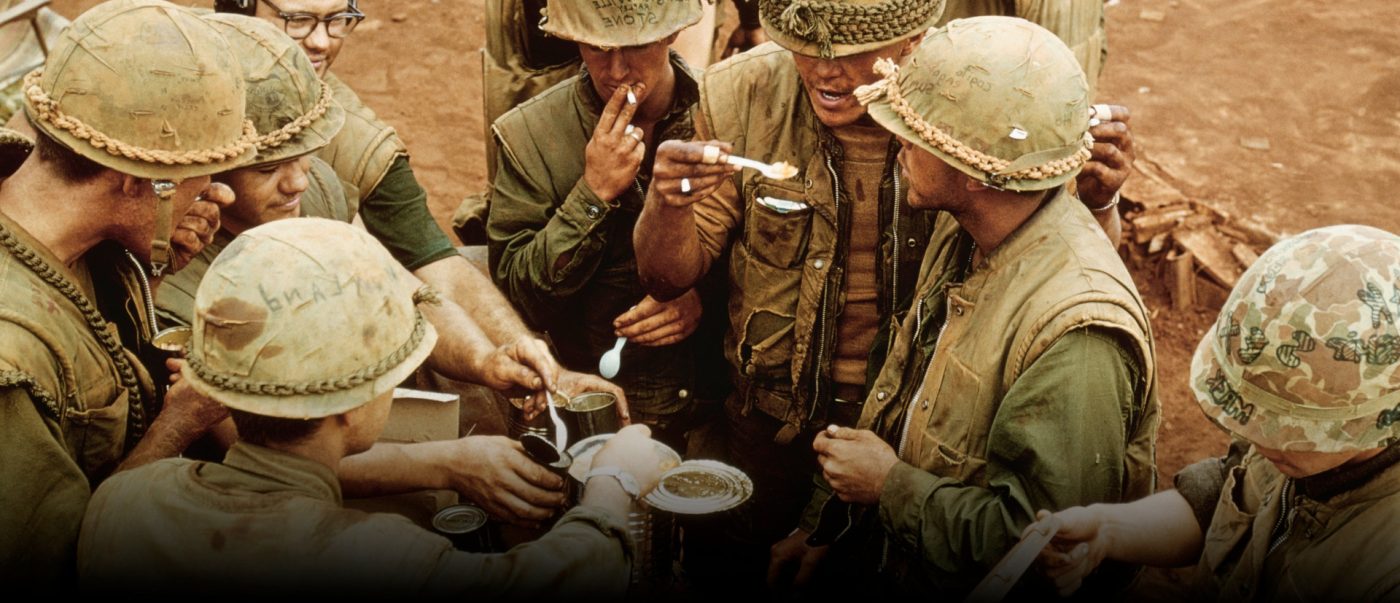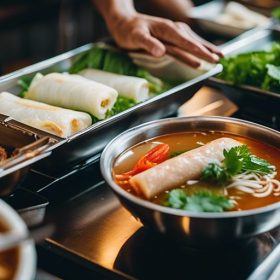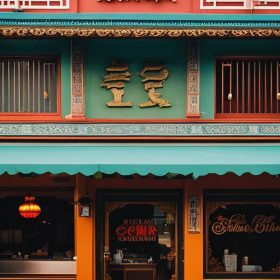Food is a crucial aspect of military operations, playing a vital role in sustaining troops physically and mentally. In times of war, soldiers face immense physical and mental challenges, and proper nutrition is essential to ensure their well-being and combat effectiveness. The Vietnam War was no exception, with troops facing unique challenges in terms of terrain, climate, and logistics. This article will explore the challenges of feeding troops in Vietnam, the mainstay of the Vietnam War diet – C-rations, the evolution of C-rations over time, other foods that sustained troops, the role of local cuisine in feeding troops, the importance of hot meals and field kitchens, the impact of food on morale and mental health, the impact of food on physical health and combat performance, the legacy of Vietnam War food, and lessons for future conflicts.
The Challenges of Feeding Troops in Vietnam
The difficult terrain and climate of Vietnam posed significant challenges when it came to supplying food to troops. The dense jungles, rugged mountains, and swamps made it difficult for supply lines to reach remote areas where troops were stationed. Additionally, the hot and humid climate made it challenging to preserve food for long periods. These factors made it necessary for military planners to come up with innovative solutions to ensure that troops were adequately fed.
C-Rations: The Mainstay of the Vietnam War Diet
C-rations were the main source of sustenance for American troops during the Vietnam War. These pre-packaged meals were designed to be easily transported and consumed by soldiers in combat situations. C-rations consisted of canned or dehydrated foods that could be heated using portable stoves or eaten cold if necessary. Each ration contained a main course, such as meat or pasta, as well as side dishes like fruit or crackers. Despite their simplicity and lack of variety, C-rations provided soldiers with the necessary nutrients to sustain them in the field.
The Evolution of C-Rations: From Unappetizing to Edible
Initially, C-rations were met with disdain by troops due to their unappetizing taste and lack of variety. Soldiers often referred to them as “C-rats” or “Charlie rations,” a play on the military phonetic alphabet for the letter “C.” However, over time, improvements were made to C-rations to make them more palatable. The addition of spices and flavorings helped to enhance the taste of the meals, and new menu options were introduced to provide soldiers with more variety. These improvements made C-rations more acceptable to troops and helped to boost morale.
Beyond C-Rations: Other Foods that Sustained Troops
While C-rations were the mainstay of the Vietnam War diet, troops also relied on other sources of sustenance. One such source was the availability of local foods. Soldiers often had the opportunity to try Vietnamese cuisine, which provided a welcome change from the monotony of C-rations. Additionally, Meals, Ready-to-Eat (MREs) were introduced towards the end of the war and provided soldiers with more variety and convenience. MREs were self-contained meals that did not require heating and included a wider range of menu options.
The Role of Local Cuisine in Feeding Troops
The availability of local foods in Vietnam presented both benefits and challenges when it came to feeding troops. Incorporating local foods into the diet of soldiers not only provided them with a taste of home but also helped to boost morale. Eating familiar foods can have a positive psychological impact on soldiers, reminding them of their loved ones and providing a sense of comfort in an unfamiliar environment. However, adapting to unfamiliar foods can also be challenging, as soldiers may have different dietary preferences or restrictions. Military planners had to strike a balance between incorporating local foods and ensuring that soldiers received the necessary nutrients for optimal performance.
The Importance of Hot Meals and Field Kitchens
In combat zones, the availability of hot meals and field kitchens played a crucial role in boosting morale and providing soldiers with a sense of normalcy. Hot meals provided a break from the monotony of C-rations and offered soldiers a taste of home. The act of sitting down together to eat a hot meal also fostered a sense of camaraderie among troops, helping to build morale and strengthen bonds. However, setting up field kitchens in combat zones was not without its challenges. The logistics of transporting food, equipment, and personnel to remote areas posed significant difficulties. Despite these challenges, the benefits of hot meals and field kitchens made them an essential part of feeding troops in Vietnam.
The Role of Food in Boosting Morale and Mental Health
Food plays a significant role in boosting morale and maintaining mental health among troops. Comfort foods, such as those found in C-rations or local cuisine, can provide soldiers with a sense of familiarity and comfort in an otherwise stressful environment. These foods can evoke positive memories and emotions, helping to alleviate stress and anxiety. Additionally, proper nutrition is essential for maintaining mental health and combat performance. A well-balanced diet provides the necessary nutrients for optimal brain function, helping soldiers to stay focused, alert, and mentally sharp.
The Impact of Food on Physical Health and Combat Performance
Proper nutrition is not only important for mental health but also for physical health and combat performance. Soldiers require a balanced diet that provides them with the necessary energy, vitamins, and minerals to sustain their physical exertion. Inadequate nutrition can lead to fatigue, weakness, and decreased physical performance. Additionally, malnutrition can weaken the immune system, making soldiers more susceptible to illness and infection. Foodborne illnesses were also a concern during the Vietnam War, as soldiers often had to consume food that was not properly stored or prepared. These illnesses could further weaken troops and hinder their combat effectiveness.
The Legacy of Vietnam War Food: Lessons for Future Conflicts
The Vietnam War provides valuable lessons when it comes to the importance of considering the nutritional needs and preferences of troops in future conflicts. The experiences of soldiers in Vietnam highlight the importance of providing a variety of foods that are both nutritious and palatable. The incorporation of local foods into military diets can also provide soldiers with a taste of home and help to boost morale. Additionally, the availability of hot meals and field kitchens should be prioritized, as they play a crucial role in maintaining morale and mental well-being.
Remembering the Importance of Food in War
In conclusion, food is a crucial aspect of military operations, playing a vital role in sustaining troops physically and mentally. The challenges of feeding troops in Vietnam were unique due to the difficult terrain, climate, and logistics. C-rations were the mainstay of the Vietnam War diet, although improvements were made over time to make them more palatable. Soldiers also relied on local foods and MREs for sustenance. The availability of hot meals and field kitchens played a crucial role in boosting morale, while proper nutrition was essential for maintaining physical health and combat performance. The legacy of Vietnam War food provides valuable lessons for future conflicts, emphasizing the importance of considering the nutritional needs and preferences of troops.

Cuong Nguyen is a talented writer and experienced waitress at Vietnampalace.net, a renowned Vietnamese restaurant that offers an extensive menu of authentic Vietnamese cuisine. With a background in the competition of Vietnamese cuisine, Cuong brings a wealth of knowledge and expertise to the dining experience. From delicious pho dishes to fresh spring rolls, Cuong ensures that every meal is made with the freshest ingredients and authentic flavors.With exceptional service and a friendly atmosphere, Cuong takes pride in providing a memorable dining experience for every customer.
Whether you’re a vegetarian looking for options or a meat lover craving the flavors of traditional Vietnamese dishes, Cuong guarantees a delightful culinary adventure. So, visit Vietnampalace.net and let Cuong guide you through the tantalizing world of Vietnamese cuisine.



